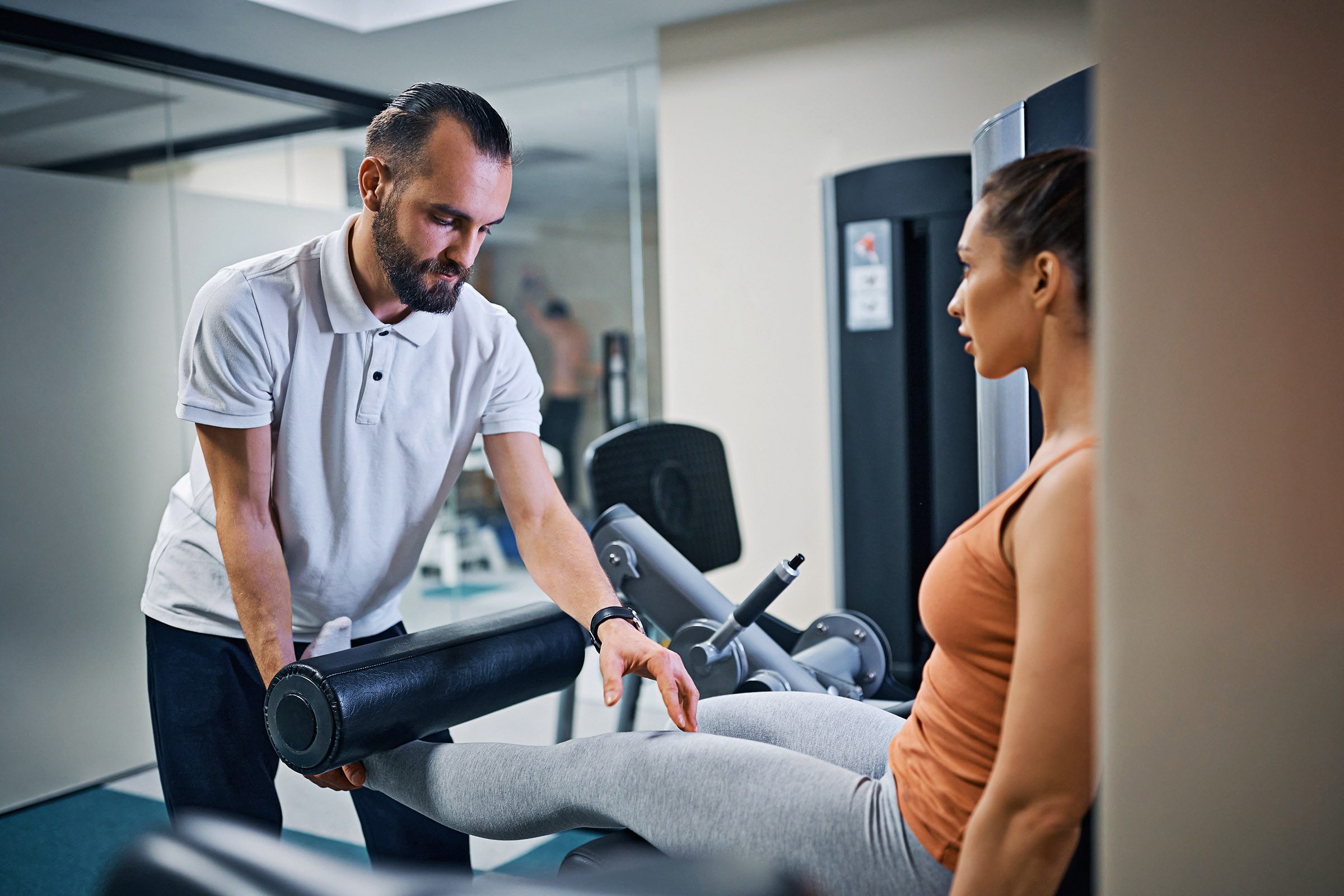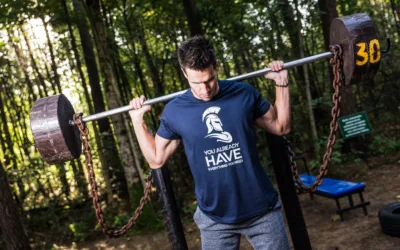Why Strength Training Belongs in Your Rehab

Athletic injuries are common, but too often the physical therapy world falls short for active individuals. Why should you be working on progressively loading your tissues in a rehab setting and what kinds of exercises are beneficial?
Dr. Matthew Styf is a clinical orthopedic specialist and CSCS out of Massachusetts. He’s also a certified TPI Medical L2 professional through the Titleist Performance Institute and enjoys working with athletes of all ages. Read on to learn more about his case for including strength work in your physical therapy.


Being Fit Means Managing Injuries
Most athletes or fitness enthusiasts have dealt with injury at some point. Standard protocol is to visit a physical therapist for help. If you’ve been through this, how was your PT experience? If it didn’t involve a kettlebell, barbell, or dumbbells, I’ll make the argument that physical therapy may have failed you.
Physical therapy’s reputation has been improving in recent years, but the majority of people continue to think of it as seeing a PT for 5 minutes, electrical tissue stimulation or hands-on work, and table exercises. As active individuals, this is not the type of physical therapy you should be looking for.
You should be looking for a practitioner that understands your fitness goals and has the knowledge on how to load the tissues to improve your function coming off an injury. You’re looking to move weight, not just get back to baseline.
Strength training belongs in the rehab setting.
Better PT Exercises for Athletes
Good quality PT needs to decrease your pain so you can move well and tolerate progressive loading for strength training. Having a physical therapist who understands lifting mechanics and knows when to progress (or regress) is extremely important for your return to fitness.
Traditional physical therapy does not load the tissues in anticipation of hard effort. And if you’re not loading your tissues properly, your return to training could overwhelm them resulting in re-injury.
What exercises should you perform to ensure that you’re properly loading injured tissues? Well, it depends on your body, the movements, and your goals, but here are a few examples.
You Work too Hard to Not See Progress
Find Your Perfect Training Plan
Options for Every Goal
Training plans from real coaches covering any goal, fitness level, and number of sessions per week.
The Best Coaches
Get coached by the best. Olympians, ex-NFL stars, Titan Games Winners, Sport Scientists and more.
Starting at $1/ day
With many options including a free 7 day trial, you can try out programming before you commit.
Knee Pain
If you have knee pain from running or jumping, slant board squats or banded Spanish squats are useful to help manage pain. Spanish squats load your quads and patellar tendon at a higher intensity than a wall sit, which is what a lot of PTs program.
Slant board squats are also great at loading the quads, especially if you lack ankle mobility and are looking to work your posterior chain musculature. Both of these exercises are great for athletes and active patients.
Back Pain
If you’ve been fighting persistent back pain that continues to derail your workouts, deadlifts may be your answer. Yes, I said deadlifts. Deadlifts are great for developing posterior chain strength and core bracing. They train the back extensors as well as the glutes and hamstrings.
Improving your glute and hamstring strength is more beneficial in the long term for back pain compared to just stretching. Plus, there are a ton of deadlift variations like sumo style, RDLs, and deficit DLs. Picking 1-2 that work for you will help improve your back pain in the long run.
Level Up Your Training
With TrainHeroic’s immersive training app
TrainHeroic does everything you wish your old gym notebook could do.
Take the guesswork out of training with built-in exercise instruction and basic training programs. Compete against yourself and others. Track your performance and readiness. Smash your goals.


Hamstring Pain
If you have hamstring pain from sprinting, or feel like you tweak your hamstring every time you play in a pick-up game, they might not be getting the right rehab stimulus. Eccentrics (slow/tempo movements) and training fast bursts are very helpful in improving hamstring resiliency.
Nordic hamstring curls are great, but you can also get the slow, controlled lengthening of the muscle through hamstring curls on an exercise ball, sliders, or TRX, loading or increasing the reps as they become easier. If your sport requires sprinting, you better train that too! Sprinting as a part of your training has been shown to protect against hamstring injuries.
Most physical therapists don’t check your sprinting form or even have you sprint before leaving their care, but sprinting is an intense/high-stress activity that most athletes should be able to do without pain.
The common rep and set scheme in physical therapy is 3×10 for rehab exercises, but is it right for everything? Probably not. Does it fit for some exercises? Sure.
When looking to build strength while addressing form and mechanics in a rehab setting, a lower rep scheme is effective in most cases. To gain strength and tissue resiliency, fewer reps with careful, intentional form is generally more important. I tell many of my clients and patients that if you focus on form first, the weight will come.
I stand by my prior statement that strength training belongs in rehab. No matter where you are in your fitness journey, getting stronger will always help you. Whether you’re just starting out to improve your lifestyle, or you’ve been injured and are ready to start rehab, getting stronger and dialing in your mechanics will always benefit your fitness.
I encourage athletes of all levels to find a medical professional who understands proper loading principles and will help you reach your goals!
Want Training Tips, Exercise Guides & Knowledge Bombs Sent to Your Inbox?
Sign up for the FitNerd newsletter from TrainHeroic
Related articles
Slow Reps vs. Fast Reps
You’ve probably noticed that some people in the gym tend to perform their reps as fast as possible, whereas others take a slow and controlled approach. But which is better? Dr. Andy Galpin is a Professor of Kinesiology at the Center for Sport Performance at California...
How to Do Leg Extensions Without a Machine
Short shorts are the new stinger tanks. Rocking those big tree trunks with canyon deep cuts is so hot. Leg extensions are a bodybuilding staple—they isolate your quads, the front-facing muscle group of your thighs, by flexing (bending) and extending (straightening)...
Tried-and-True Methods to Fix Plantar Fasciitis
What is Plantar Fasciitis? If you’re new to running or returning to it after a break, you might have been blighted by plantar fasciitis, a fancy name for an annoyingly common foot problem. It’s when the band of tissue that connects your heel to your toes (the plantar...


Join the community
Sign up for the latest training news and updates from TrainHeroic


About TrainHeroic
Support
Made with love, sweat, protein isolate and hard work in Denver, CO
© 2021 TrainHeroic, Inc. All rights reserved.






